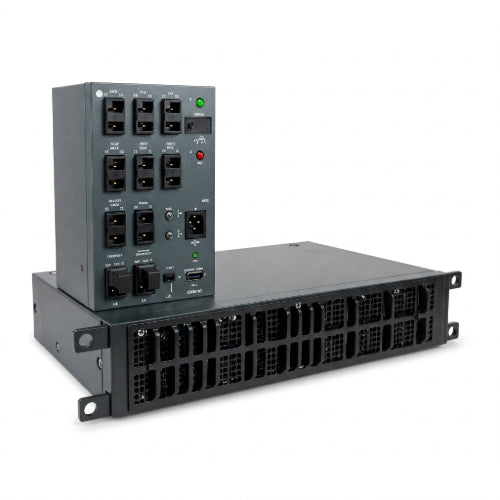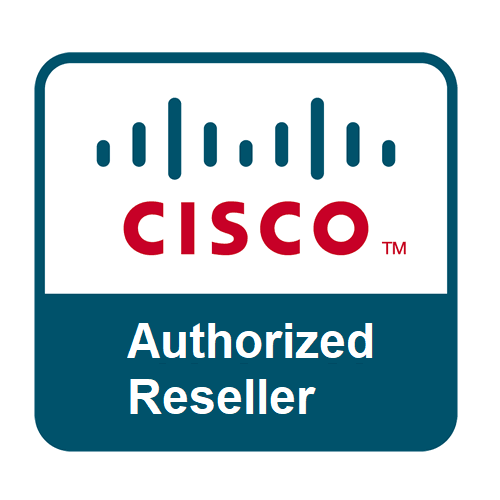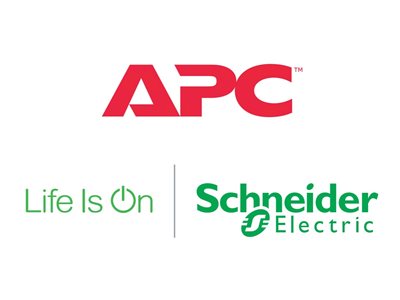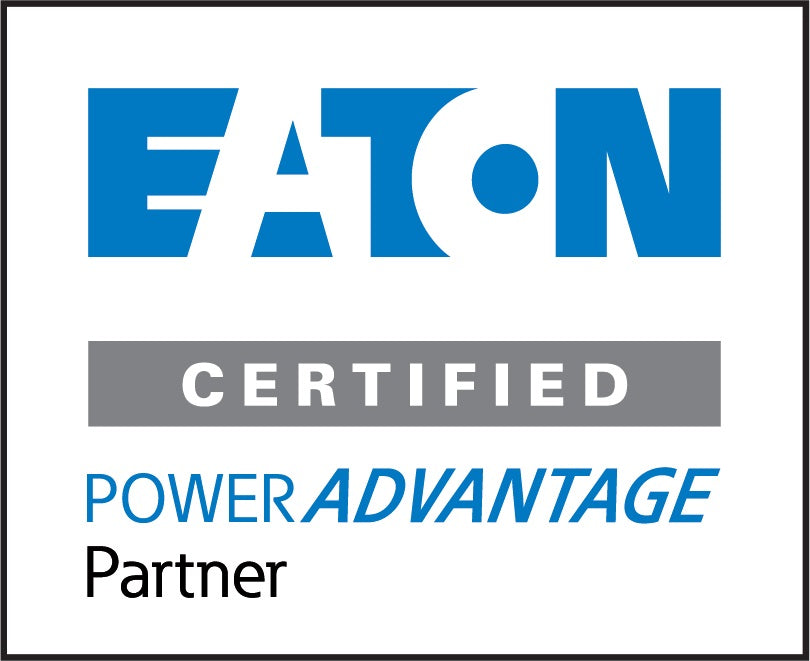Power Up Your Rack: The Ultimate Guide to Choosing the Best PDU for Your Server Rack
In the intricate ecosystem of a server rack, the Power Distribution Unit (PDU) often goes unnoticed until it's too late. A poorly chosen or inadequate PDU can lead to downtime, equipment damage, and even safety hazards. Selecting the right PDU is crucial for ensuring the reliable and efficient operation of your valuable IT infrastructure. This ultimate guide will walk you through the key considerations to make the best choice for your server rack.
Understanding the Basics: What is a PDU?
A PDU is essentially an advanced power strip designed for server racks. It distributes electrical power to multiple devices within the rack, providing a centralized and manageable power source. However, modern PDUs offer far more than just basic power distribution.
Key Factors to Consider When Choosing a PDU:
-
Power Requirements:
- Total Power Consumption: This is the most critical factor. Calculate the total power draw of all the equipment you plan to connect to the PDU. Check the power supply specifications (in Watts or Amps) of each server, networking device, and other components.
- Future Growth: Anticipate future expansion and choose a PDU with enough capacity to accommodate additional equipment. It's generally recommended to leave some headroom (around 20-30%) to avoid overloading.
- Voltage and Phase: Ensure the PDU's input and output voltage and phase (single-phase or three-phase) match your facility's power infrastructure and your equipment's requirements. Mismatched voltage can severely damage your devices.
-
Outlet Configuration:
- Number of Outlets: Count the number of outlets you currently need and factor in future expansion.
- Outlet Type: Different devices may require different outlet types (e.g., NEMA 5-15R, NEMA L5-30R, IEC C13, IEC C19). Ensure the PDU has the appropriate mix of outlets for your equipment.
- Outlet Orientation: Consider the orientation of the outlets to ensure easy cable management and prevent blocking adjacent outlets.
-
PDU Type: Basic, Metered, Switched, and Intelligent:
- Basic PDUs: Provide reliable power distribution without any monitoring or control capabilities. Suitable for simple setups with well-understood power requirements.
- Metered PDUs: Offer local or remote monitoring of overall power consumption (Amps, Volts, Watts). This allows you to track power usage and identify potential overloads.
- Switched PDUs: Include the metering capabilities of metered PDUs and add the ability to remotely switch individual outlets on or off. This is useful for rebooting locked servers, power cycling equipment, and energy management.
- Intelligent PDUs: The most advanced type, offering comprehensive power monitoring (at the outlet level), remote outlet control, environmental monitoring (temperature, humidity), and integration with management software. Ideal for high-density environments and remote management.
-
Mounting Options:
- Vertical (0U): Mount along the side of the rack, saving valuable horizontal space.
- Horizontal (1U or 2U): Mount in the standard rack units, typically offering more outlet density.
- Consider your rack size and available space when choosing the mounting style.
-
Amperage and Circuit Protection:
- Circuit Breakers: Ensure the PDU has built-in circuit breakers to protect your equipment from overcurrents and short circuits. The amperage rating of the circuit breaker should match the PDU's capacity.
- Branch Circuit Monitoring (BCM): Some intelligent PDUs offer BCM, providing detailed monitoring of individual circuits within the PDU.
-
Remote Management and Monitoring:
- Network Connectivity: Metered, switched, and intelligent PDUs typically offer Ethernet connectivity for remote access.
- Protocols: Look for support for industry-standard protocols like SNMP (Simple Network Management Protocol) for integration with network management systems.
- Web Interface: A user-friendly web interface allows for easy remote monitoring and control.
-
Environmental Monitoring:
- Temperature and Humidity Sensors: Intelligent PDUs often include sensors to monitor the temperature and humidity within the rack. This data can help prevent equipment overheating and ensure optimal operating conditions.
- Alerting: Configure alerts to notify you if environmental conditions exceed predefined thresholds.
-
Build Quality and Reliability:
- Materials: Choose PDUs made from durable materials that can withstand the demands of a server rack environment.
- Brand Reputation: Opt for reputable manufacturers known for producing reliable power distribution equipment.
- Warranty: Check the warranty offered by the manufacturer.
Steps to Choosing the Right PDU:
- Inventory Your Equipment: List all the devices that will be powered by the PDU and note their power consumption (Watts or Amps) and outlet type requirements.
- Calculate Total Power Needs: Sum the power consumption of all devices and add a safety margin (20-30%).
- Determine Outlet Requirements: Count the number of each outlet type needed, considering redundancy and future growth.
- Assess Your Monitoring and Control Needs: Decide whether basic power distribution, power monitoring, remote switching, or advanced intelligent features are necessary for your environment.
- Consider Mounting Options: Evaluate the available space in your server rack and choose the appropriate mounting style (vertical or horizontal).
- Check Connectivity Requirements: Determine if you need remote management capabilities and ensure the PDU offers the necessary network connectivity and protocols.
- Set a Budget: PDU prices can vary significantly based on features and capacity. Determine your budget and prioritize the features that are most critical for your needs.
- Research and Compare Models: Explore options from different manufacturers and compare their specifications, features, and reviews.
Don't Underestimate the Importance of Your PDU:
Choosing the right PDU is a critical decision that directly impacts the reliability and efficiency of your server rack. By carefully considering your power requirements, outlet needs, monitoring and control preferences, and other key factors, you can select a PDU that will provide a stable and manageable power foundation for your valuable IT infrastructure, ensuring smooth operations and minimizing the risk of costly downtime. Power up your rack the right way!







